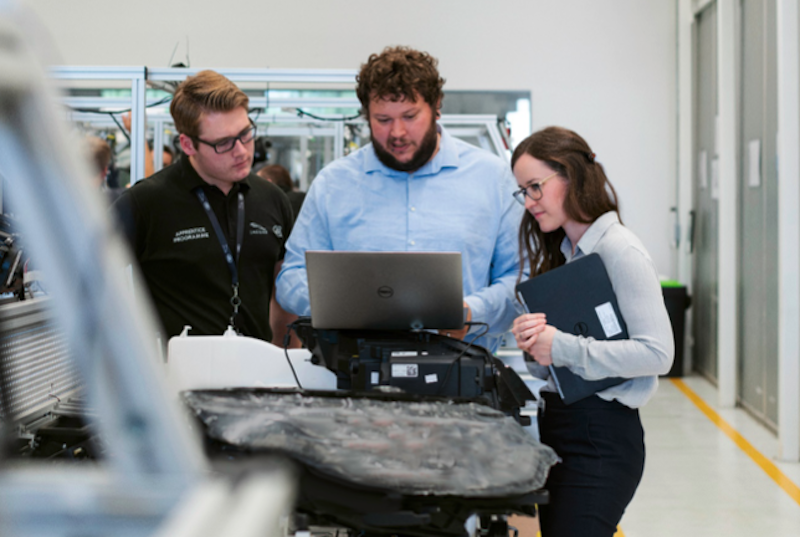The evolution of car technology
While there is a certain charm when it comes to classic cars, or cars that are a little bit older, they can leave you having a less than comfortable journey.
Winding down the windows with handles as the only form of AC and needing to heat the car up for 15 minutes because of the slow heaters can put a damper on the trip for sure.
And while you can hook your phone up and use that as SatNav, most cars now come with it. Leaving the A to Z map in the past (unless you love a tech-free lifestyle).
Car technology has come on leaps and bounds, so we now have cars that can drive themselves.
But most of the modern tech in cars is for comfort as well as enjoyment.

Music
The in-car stereo was a thing of wonder; you could get a radio (although it wasn’t always the best signal) and put in your favorite tapes – so you could sing along until you needed to switch to the B side.
Surprisingly the in-car stereo was available in vehicles from 1930, and later, it was invented by William Lear and Joseph and Paul Galvin. Allowing car users to use the radio, and then the 1960s saw the introduction of tape players.
Most cars now have the ability to connect to your mobile phone via Bluetooth, and you can listen to huge catalogs of music completely uninterrupted. Not to mention incredible in-built touchscreen screen systems with clusters of apps.
Diagnostics
It was once common for the men of the family to learn the car manual back to front and off by heart. So that if anything minor happened to the car, they would be able to have a good go at fixing it.
And, it wasn’t uncommon for people to break down and have no idea what was happening – until a mechanic turned up to save the day.
On-board diagnostics started to become more common in 1994, and lights on the dashboard meant that the car owner would be able to give the garage an idea of what was going on – or know what to do to fix it at home. Fault detection is not only cool but life-saving – once those lights flash, you know you need to take action.
Tires
For many years a tire was a tire – the problem is that they aren’t always equipped for different terrains.
We now have winter tires, performance tires, standard touring tires, and off-roaders like hybrid rock/mud design nitto tires.
Tires are still getting revamped and upgraded, though, Sumitomo Rubber Industries, a Japanese company, has invested in developing tires that automatically detect tire pressures and vibrations of the tire and, combined with Sensing Core technology, can sense when the road conditions are dangerous.
Meaning that in the future, tires could be one of the most important parts of notifying the driver when the road isn’t safe or when extra caution needs to be taken.
Parking sensors
Although parking sensors have been around since the 70s, it used to be commonplace for a passenger to hop out and give hand signals to help the driver park.
Parking sensors use ultrasonic technology to beep when obstacles are coming close to the vehicle so that the driver can stop.
Electric cars
Electric cars have been around for over 100 years, but it is only now that the technology is available and cheap enough to make them a viable option.
Almost all car manufacturers are releasing e-versions of their most-sold models, and many cities are providing spaces where people can charge their cars.
Car technology has come a long way, and some of the most exciting things are yet to come. AR cars can alert when a collision might happen.
Inter-vehicle communication where cars can communicate with each other (and maybe even avoid the danger on your behalf) and energy-storing body panels.

